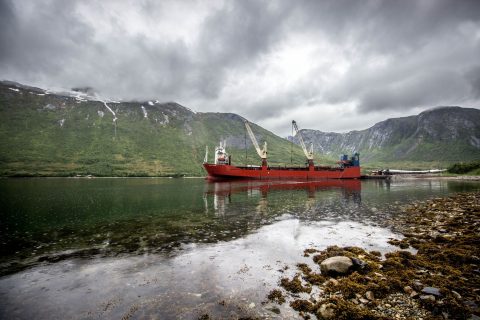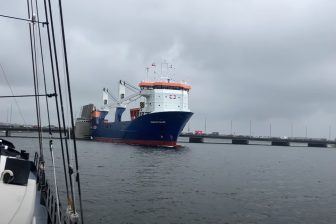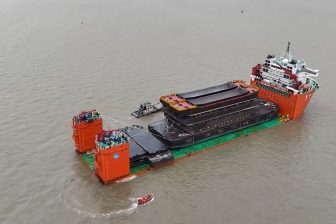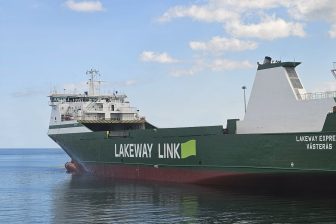
Supply chain is not ready for ambitious targets, not even close
Energy transition efforts have intensified across the globe and governments have set ambitious targets, seemingly without asking the question, who will execute them all? European Commission notes that the installed offshore wind capacity in the EU was 14.6 GW in 2021 and is set to increase by at least 25 times by 2030.
Kasper Heiselberg, Head of Global Wind Renewable Energy at deugro, says that the ambitions are too high. “The supply chain is not ready, not at all. All the big ambitions are not going to materialise,” he said.
However, on the other hand, Heiselberg notes that a positive side of this ambition is that everything is going to be fully booked. “Everyone up and down the supply chain is investing in more production facilities, because they can see that the demand is there,” he says.

Installation race
One major link in the offshore wind supply chain, or the construction chain are the installation vessels, of which there are limited numbers of. While noting it is not a core business of deugro, Heiselberg adds that installation vessels, or the lack of them, may be the biggest bottleneck offshore wind is facing.
“What is happening now with installation vessels is that developers take them on a long-term lease and then decide on which project to use them on,” he says, adding that previously this was not the case.
Usually, the developers would turn to EPCI’s seeking their quotes and services, not only for the vessels, but also for the logistics behind it. “That is a really, really big change which tells you that there are not enough installation vessels, not at all, not even close,” remarks Heiselberg.
The story of lack of the fleet available to transport all the project cargo needed not only for offshore wind, but any other project, is continuing. “The next generation offshore wind turbines will require different types of vessels, cranes, ports even, with the floating wind coming, there is no port infrastructure ready for that,” he said.
However, Heiselberg reiterated that in the current market, the current fleet will be very busy.
Seeking more power
The supply chain is also under pressure by the manufacturers themselves who are locked in a race to build the bigger and more powerful wind turbine for the future. This limits the fleet able to carry out not only the transport but also the installation of these future giants.
OEMs have previously turned to freight forwarders, for the onshore wind especially, however, as the supply chain matured, they began marketing a full package to the asset owners.
“They have direct links with their preferred carriers, trucking companies, port operators and the likes, taking the biggest chunk of transport logistics into their own hands,” noted Heiselberg. However, he adds that there is still space for freight forwarders as no company can cover everything on their own.
Read also:
- Two new offshore wind dedicated Rotra vessels ordered
- 55 vessel chartered for Vietnamese plant project cargo
- New heavy-lift equipment player enters growing Indian market
Care to learn more about the complexities of manufacturing, transporting and installing wind turbines? Join us at Project Cargo Summit on September 6-7 in Bremen. Only a few more spots left, so don’t miss out, register here!
You just read one of our premium articles free of charge
Register now to keep reading premium articles.




